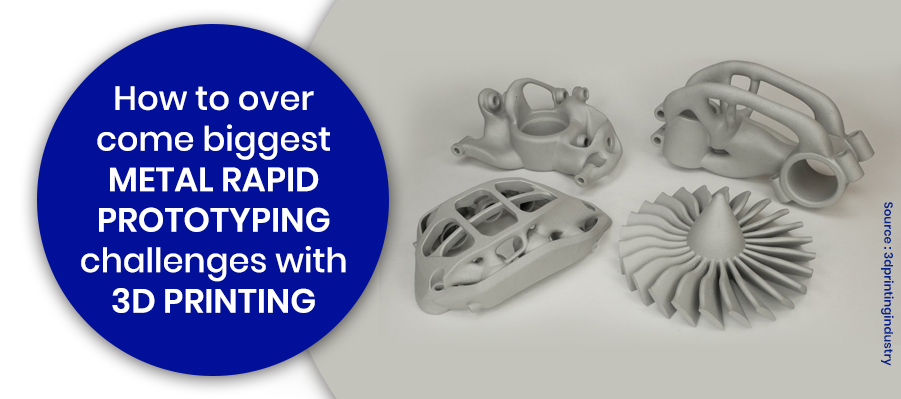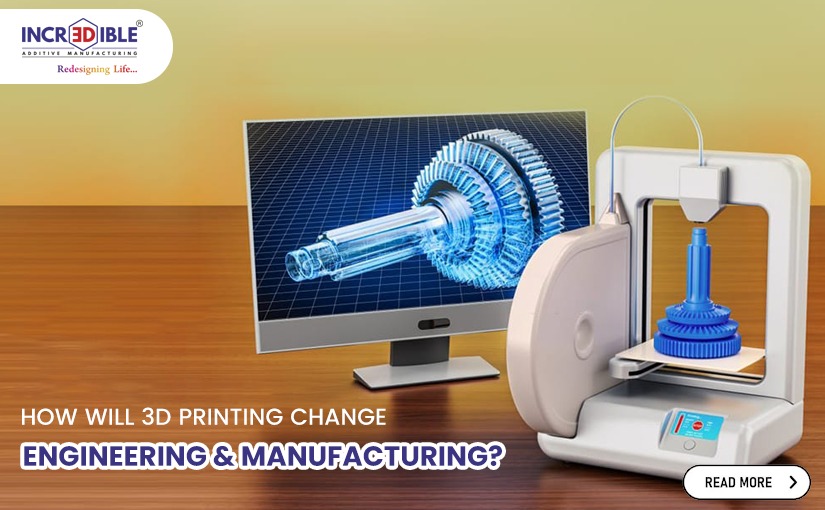The advantages of 3D printing are well-known: design freedom, part consolidation, no tooling requirements, just-in-time inventory, and so on. The number of technical benefits available to today’s engineers is infinite. All of the above advantages, 3D printing would be as widespread as the internet by now, but that isn’t the case. Companies are still figuring out how to use the technology in their product development and production processes. Additive manufacturing still accounts for less than 2% of the whole manufacturing market. So, what are the roadblocks to mainstream adoption of additive manufacturing?
The biggest challenges
1. The cost of the equipment
2. Materials are in short supply
3. Requirements for post-processing
4. Production expenses
5. Inadequate in-house additive manufacturing capabilities
6. A shortage of skills and/or training among the workforce/employees
7. Lack of replicability (accuracy from build to build)
8. There are no established standards.
Companies that successfully implement Additive Manufacturing have considerable opportunities to increase their competitiveness. When it comes to genuine production applications, however, the procedure is not as straightforward as it is typically depicted, and “simply clicking print” is far from the truth. Before Additive Manufacturing to be successfully implemented, the entire process must be examined, from part design and manufacture to inspection and certification. As a company embraces Additive Manufacturing, there are actual hurdles to understand and overcome, which will now be briefly outlined.
3D printing systems’ productivity and the complexity of the production chain can result in increased manufacturing costs for many items, including a large burden of post-processing operations. Because the technology is new, there is a widespread lack of knowledge and data availability. Rapid technological advancements are occurring across the entire process chain, and while they can boost capabilities and efficiencies, they make it difficult for organizations to qualify products.
Material options are still restricted, and the variety of material qualities and surface polish makes reaching the required performance levels difficult. Furthermore, many organizations are unfamiliar with the material feedstock required by 3D printing techniques, such as fine metal powders, which necessitates extensive understanding and control methods to ensure quality and safety.
Because the AM process chain relies on a wide range of non-AM procedures to generate a final part, high-value complex products that are good candidates for 3D printing can be difficult to design, produce, and validate. Designing parts for 3D printing frequently necessitates a rethinking of a product’s functional requirements, a desire to avoid being bound by past designs for traditional manufacture, and a thorough understanding of the limits that exist for 3D printing.
New design simulation and optimization tools can assist a designer to develop a better performing product that can be manufactured using 3D printing by exploring the less-constrained design space.
Getting started and succeeding with 3D printing takes a lot of dedication and support, and the National Centre for 3D printing is here to help enterprises every step of the way. Regardless of your previous experience with 3D printing, we can give advice and solutions for the entire process, from early concepts to product delivery and even factory implementation.
To overcome these obstacles, we believe the industry needs to shift its focus from 3D printing’s technical benefits to its total business value. Companies must look at their entire production strategy to understand how 3D printing may promote innovation and contribute value to overall operations, not only discover applications and parts to manufacture with the technology. Rather than looking for items that fit the technology, tailor the product and business strategy to the technology.
Solutions to overcome The Challenges
1. Low-volume, low-cost production
2. Low-cost personalization
3. Increased environmental resilience
4. Supply chains that are more efficient
5. Increased manufacturing efficiency through the use of more tools, jigs, and fixtures
6. Decreased spare parts inventory
7. Shortened lead times
8. Consumption of raw materials is reduced.
Conclusion:
This shift in thinking must begin at the top of the organization. Beyond design and engineering, implementing 3D printing for actual economic value has ramifications in a variety of sectors. Productivity, training, supply chains, product optimization, environmental effect, R&D, and overall manufacturing ROI are all factors to consider.




